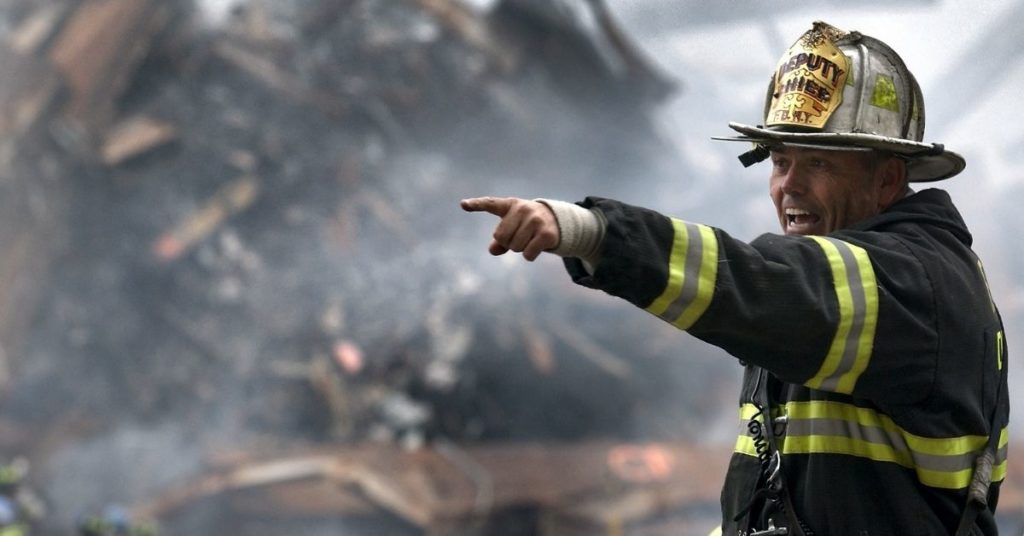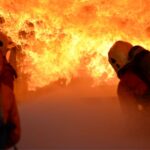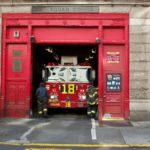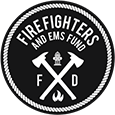When people hear the word “communication,” they typically imagine two people in conversation or a person giving a speech. These are certainly examples of communication, but communication is so much more. Communication encompasses any way that information is transmitted between people, whether that’s verbal, non-verbal, written, or visual.
If you stop to think about it, you’ll see that so much of firefighting can be considered communication. Instructions, reporting on an incident scene, organizing the response – all of this is communication. Even the sirens and lights on our vehicles are instances of communication. They say, loud and clear, “Move aside! A fire has been reported and we need to get there!”
Firefighting requires teamwork and coordinating the actions between individuals requires effective communication. The more effectively you can communicate, the more effective a firefighter you will be. No matter the category, communication needs to observe the Three C’s: Clear, concise, and complete.
Clear
Clarity is paramount in firefighting. Say someone asks you, “Should I go in?” If you say “No,” this could easily be mistaken for, “Go,” which could be a fatal miscommunication. That’s why you should use “Negative” and “Affirmative,” terms that more clearly express “No” or “Yes.” The technique of confirming – repeating orders back to the person who issued them so that they can confirm that you understood correctly – is a great tactic to ensure clear communication.
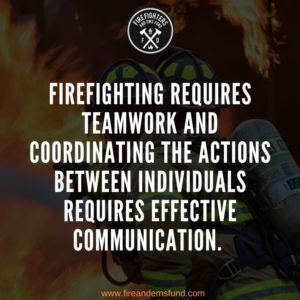
Concise
In firefighting, there is inherent tension between speed and effectiveness. You need to take the right action, but you must also act quickly. This means that while communication needs to be clear, it also needs to be concise so that you have the maximum amount of time to combat a fire. When communicating, strive to cut out any unnecessary information so that you can conserve precious time.
Complete
Complete information means that you convey all the pertinent information. This is perhaps the hardest aspect to get right – how do you know what is and isn’t pertinent? It’s easy to share too much, and it’s easy to share too little. Like with many things, you get better at it with practice. But it’s good to practice with intentionality, so that you can accelerate your learning.
It’s important for firefighters to bring a sense of calm when they enter an emergency situation. Non-verbal communication is essential to achieving this. With your tone of voice and body language, you can communicate to the public that the situation is under control and that they need to trust you and listen to your instructions. This keeps everyone safe and enables you and your team to do your work.
It’s important to also find a degree of calm inside yourself as well. Stress and urgency are highly distracting, and they prevent us from communicating effectively. This is why firefighters have to learn how to kick into a calm gear when faced with a situation: It enables us to communicate and act effectively.
The negative effects of miscommunication can also compound. One inaccurate statement gets repeated over and over and can result in scores of people believing the wrong thing. An infamous example is a misinterpretation of a technique in the seminal 1952 book Attacking and Extinguishing Interior Fires. Because of a lack of clarity in the book, firefighters for 40 years were using a method that was not effective in combating a blaze and even put them in danger.
Effective communication is important off-scene as well. By maintaining open communication channels, fire company leaders can know how their staff are doing, which enables them to be better leaders. If staff feel that communication only goes one way – from the top down – they won’t express what is holding them back from doing a better job.
Firefighting involves plenty of “hard skills,” like how to use equipment or enter an unstable structure. But also keep in mind the importance of “soft skills,” like communication. Becoming a better communicator will make you a better leader, teammate, and ultimately a better firefighter.

